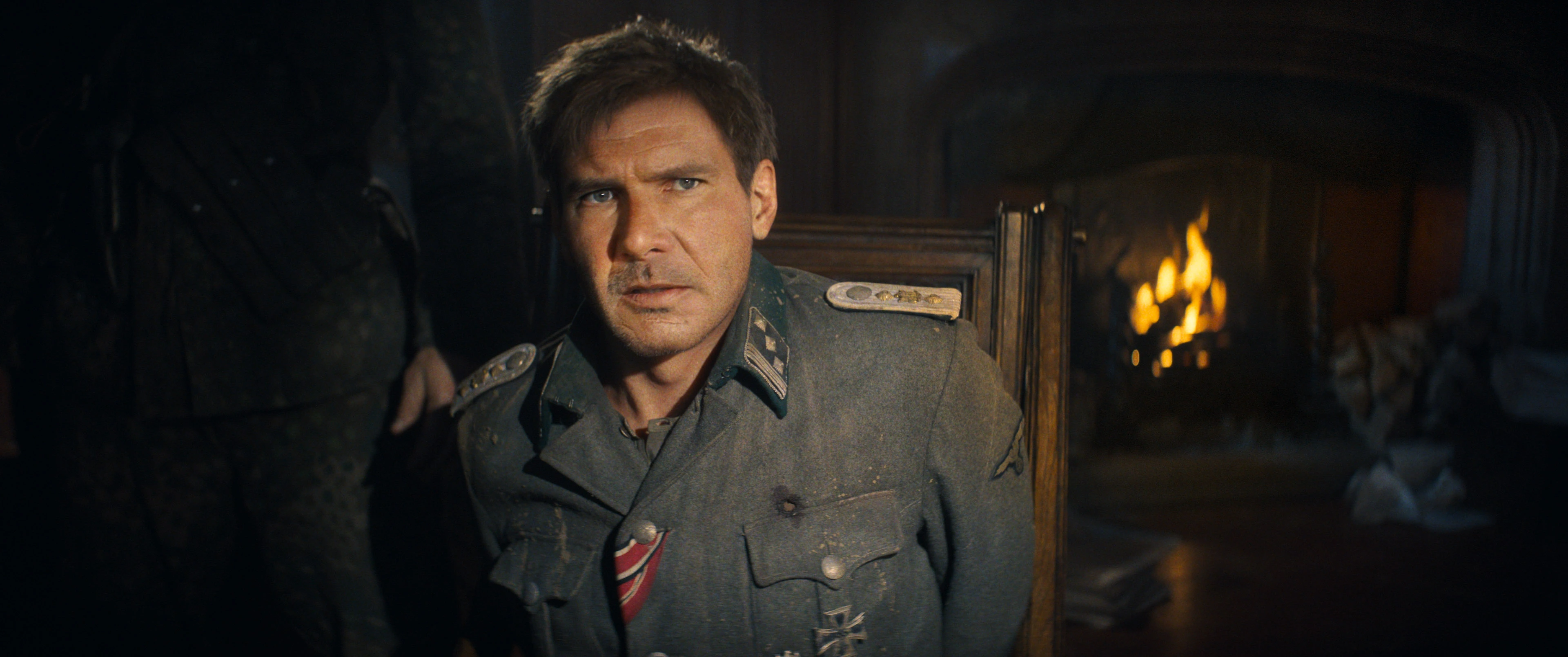“Movies are a way for an actor to be immortal” was a phrase said by my film studies teacher in college. Whether it’s a phrase he’d taken from someone else or made up himself I’m not sure, but it stuck with me. I find myself being reminded of it whenever my wife and I spend our Sunday mornings watching something on The Criterion Channel. Being able to watch the sweet melancholy of a Marilyn Monroe, or the playful wit of a young Madhabi Mukherjee through the eyes of our 2023 selves is a privilege to say the least. It makes me feel like I know these women, even though they’d lived their lives long before I was born, and are merely saying the words of a screenwriter. Still, watching them brings our respective times closer to one another in a way, and immortalizes them for me as I know that I can always visit them in one of their stories.
But the charm of them being “immortalized” is in knowing that those performances were actually them. Their voice, their body, their facial expressions. Moreover, there’s something unique about seeing their performances within a story that was written and produced during the time in which they were alive. So when (thankfully false) reports started floating around last year that actor Bruce Willis, who’d unfortunately been diagnosed with aphasia, ‘sold his likeness’ to a deepfake company—cutely named, Deepcake—to make advertising campaigns using his ‘digital twin,’ concerns regarding the safety of actor’s identities became a conversation. Rightfully so as I have no desire to see Monroe be artificially generated to play a part in some milquetoast Disney production.
Deepfakes aren’t anything new. The technology has existed for many years, if not decades in some form, though up until recently has only really been a part of internet culture—and, of course, pornography. From little two minute clips of users swapping the face of Bill Hader with Arnold Schwarzenegger during one of his iconic impressions on a late night talk show, to more malicious practices of users inserting the faces of known celebrities onto the bodies of adult performers. Though, for the most part, one could tell quite easily that these were indeed fake; and because of the limitations of the technology, Hollywood didn’t pay much attention to it—until they did.

Though I’m unsure of the first time the technology may have been used in mainstream movies, I can remember the first most notable time was after the passing of actor Paul Walker. After his tragic death during the production of Furious 7 legendary VFX studio, Weta, used the technology to complete all the scenes that Walker’s character was supposed to be in after his passing. The results were mixed, with the deepfake scenes still having an air of ‘uncanny valley’ to them. Still, it was an impressive feat, and quite intriguing to see such a mainstream film use an otherwise niche piece of software.
The technology would return over the years since for various projects, with various degrees of success. The most recurring use case seemed to be to ‘de-age’ an actor. From Martin Scorsese’s Oscar-nominated Netflix hit, The Irishman, making a then 75 year old Robert De Niro look somewhere in his late 30s, to The Mandalorian putting an aged Mark Hamil back into the body of a young Luke Skywalker; the latter of which was a little less convincing and arguably done better by a group of YouTubers named Corridor Crew using similar technology.

Star Wars in general has had a tough time finding success when using deepfakes. Grand Moff Tarkin and Leia Organa, characters played by now deceased actors Peter Cushing and Carrie Fisher respectively, were resurrected through the use of deepfakes in Star Wars: Rogue One. Their scenes, however, were once again undercut by a lack of believability and done better by another YouTuber named Shamhook, whom Disney themselves have since hired.
Up until now I was fairly used to seeing the technology be used in film and television, but it wasn’t until this past weekend where I was truly impressed, if not outright shocked, by it. Indiana Jones and the Dial of Destiny opens with a fairly long intro showing a young Indy fighting against the Nazis. I had to do a double-take when we got a closeup of Indy’s face. It was like looking at a young Harrison Ford. His eyes were alive, shifting and moving with every line delivery as eyes should. His lips were not only making the right shapes with each word, but folding the proper wrinkles on the edges of his mouth with each facial expression. It was a fluid and genuine recreation of Indy, not a botched wax figure-like recreation with digital inconsistencies. I could’ve watched the entire film being set in that time period and wouldn’t have flinched or feel unnerved.
Ford himself said the following in an interview with Entertainment Weekly:
I know that that is my face. It’s not a kind of Photoshop magic – that’s what I looked like 35 years ago. Because Lucasfilm has every frame of film that we’ve made together over all of these years…This process, this scientific mining of this library, this was put to good [use]…It’s just a trick unless it’s supported by a story, and it sticks out like a sore thumb if it’s not honest, it’s not real…I mean, emotionally real. And so I think it was used very skillfully.
Dial of Destiny had a reported budget of over $300 million, with a third of that reportedly going towards the VFX team responsible for de-aging Ford both visually as well as altering the pitch of his voice. The money was well spent as far as I’m considered. Seeing a now 80 year old Harrison Ford embody his character’s younger self was definitely a treat to watch. But the concerning question that I couldn’t help ask myself was: “what happens after Mr. Ford passes away?” It isn’t an unapt question considering how much this technology has improved, and continues to improve especially now with the rise of A.I. That alongside Hollywood’s forever unquenched thirst for money and unashamed exploitation of nostalgia, it wouldn’t be beyond the realm of possibility to see a dystopian future wherein an entire Disney+ original series based on the adventures of a young Indiana Jones is made, and the iconic role has been handed down not to a human actor, but to deepfake technology and A.I.
It’s a future like that which terrifies me to no end as an actor and screenwriter myself. It’s why the current writer’s strike is so important as a part of their fight entails limiting the use of A.I during production; protecting the works of the actual artists that create these worlds and characters. Now, it seems it’s even more imperative for actor’s unions around the world to follow suit, ensuring the protection of an actor’s likeness so that they aren’t misused or exploited by large production companies, especially after their passing.

